
The people and creatures of ‘The Monster of Nix’ inhabit a world governed by its own laws of physics, from the enchanted forest to stormy skies to the cluttered village. During the project’s six year development, character animation evolved from stop motion, to 3D CG to its final combined live action-CG animated cast.
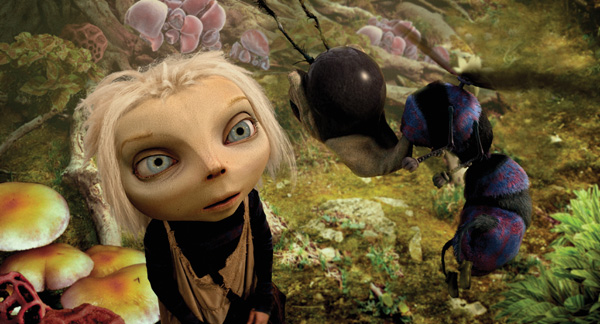 |
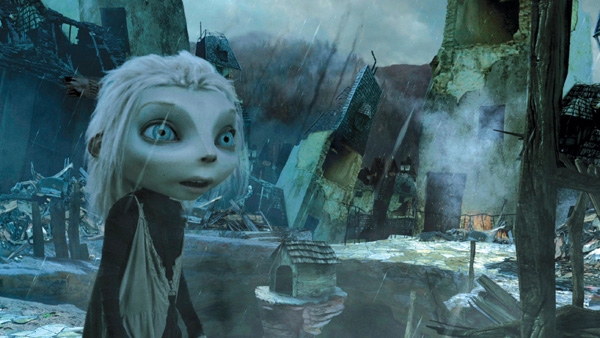 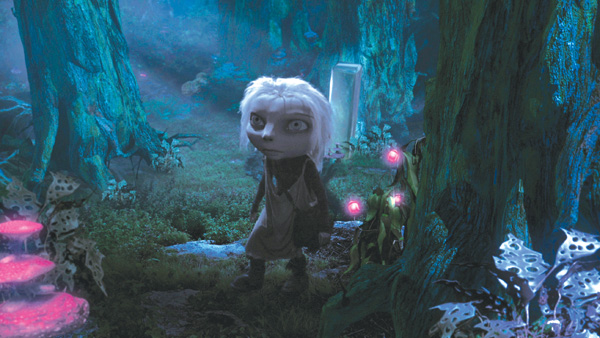 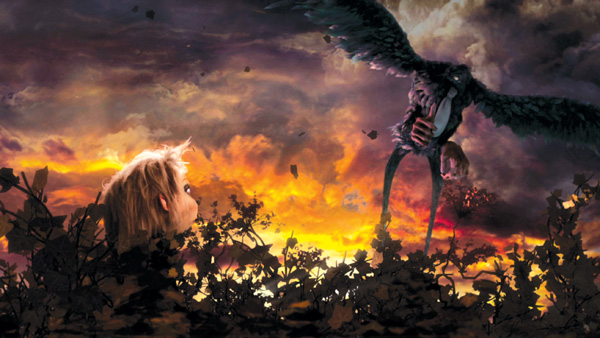 |
| Creative supervision and direction of ‘The Monster of Nix’ were handled by director and script writer Rosto of Studio Rosto A.D in Amsterdam. In the first two years, the concept, script and storyboards were completed. The third and fourth years were spent in what Rosto now calls ‘development hell’. Due to various complications the production was delayed and went through many changes from a stop motion puppet animation, to later replacing some characters with CG animation and eventually finding its current form. Finally the project was greenlit and the last two years were spent in production, spread between Holland, France and Belgium.
Heavy Head The process for Willy’s head started with a 3D model in Zbrush made from drawings Rosto had made. From the 3D, a physical model was made for the live action shoot. Because the real model wasn't exactly the same, they made a 3D scan of it and used that to modify the original 3D model. The physical model had tracking markers round the eyes, as they had decided early on to replace these. Compositing supervisor Daan Spruijt said, “Together with a couple of distinct features like a painted birthmark and the edge of the mouth we had enough information to get a good 3D track. Willy doesn't have much dialogue, so originally we planned to replace the mouth only when he was talking. After extensive, frustrating testing we decided to replace the whole face in all scenes - more work for animators and compositors, due to more overlapping edges between CG and live action. We used the hair from the real model and replaced the face with an animated CG face. The animators working on Willy’s facial expressions also started with video of Max for reference.” Creature Creation “We reused the model of the swimming baby Tomberry from a previous movie, ‘Jona/Tomberry’ with some updated textures. This time we animated him in a different program so we had to rebuild the rig.” Tracking Suits The Villagers and the Ranger had antenna-shaped tracking constructions extending from the top of the costume. Daan said, “Most of the time that sufficed for a 3D track but in some cases we used a 2D track and eyeballed the rotation and perspective. For the other characters the actors only wore a green screen mask. Sometimes we were able to get a good 3D track from that and at other times, again, we did it with a 2D track.” “One limitation we had to work with on the Villagers is the fact that, once the head was animated, we couldn't change the animation of the body. The Ranger's rig had a movable neck, so the animator had some freedom in the movement and direction of the head. But the movement of the body dictated much of the animation,” said Martijn. “Most of the time this didn’t cause problems but in a few shots we didn’t have a live action take to exactly fit the required action. The animator then had to find a good way to make the movement of the head fit well with the movement of the body. Willy’s head was even more restricted. We only replaced the face, so the animators only could manipulate the jaw, mouth, nose, eyes and eyebrows of the face.” Animation Integration He was also responsible for the lighting and rendering of the characters. “For that I maintained close contact with Daan, the main compositor, since he had to work with the rendered images, and he in turn was in close contact with the background artists. Depending on the shot one of us would oversee the camera framing and movements. They would come either from the live action or be designed based on the background designs and storyboards. What was very wonderful was that the person doing the initial production designs was also responsible for most of the background art, so he had a thorough understanding of the world of Nix.” Normally the CG elements were lit in the 3D animation package, usually Cinema4D and 3ds Max. But it often happened that they re-lit or tweaked the light of the scenes in Fusion using the 3D data or with normal passes and so on. All the background plates and particle elements like dust, fire and smoke were directly lit inside Fusion which was another great advantage because the artist could tweak the light and see the final result quickly. V-Ray was used to render 3Dsmax and, because Cinema4D was used for a large part of the production we used its internal render engine in those cases. |
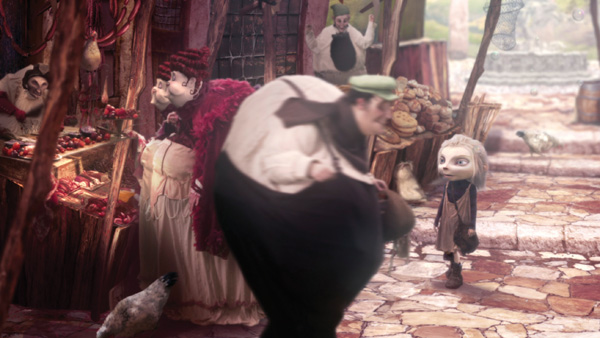 |
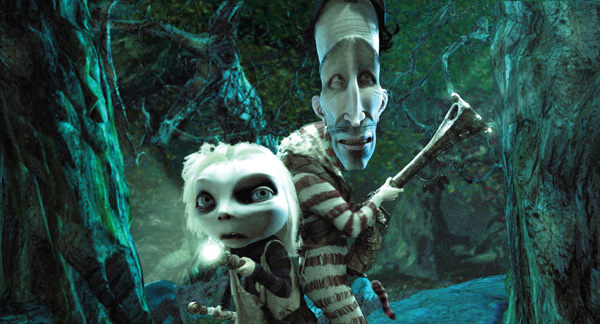 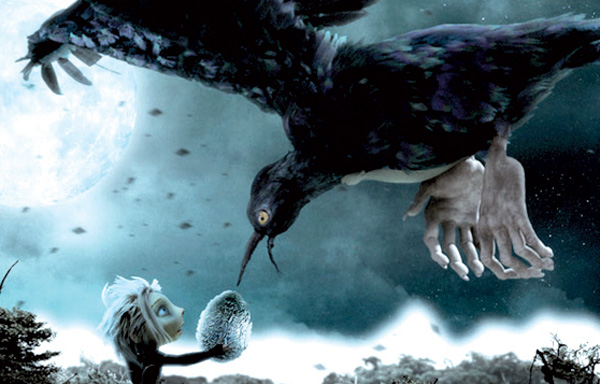 |
| Words: Adriene Hurst Images: Courtesy of Studio Rosto A.D |


















